by Liz Kaufenberg and Hannah Sobroski, MPCA
In August 2021, the MPCA and MN DNR, Co-Trustees of the 3M Settlement, released the Conceptual Drinking Water Supply Plan. This plan presents a comprehensive approach to enhance the quality, quantity, and sustainability of drinking water for the 14 communities impacted by 3M’s PFAS contamination in the East Metro, benefiting approximately 174,000 people in the long term. The $700 million settlement funding supports three priority areas: capital infrastructure, operation and maintenance, and drinking water protection. The Co-Trustees compile an Annual Review of the Settlement’s spending and progress each year.
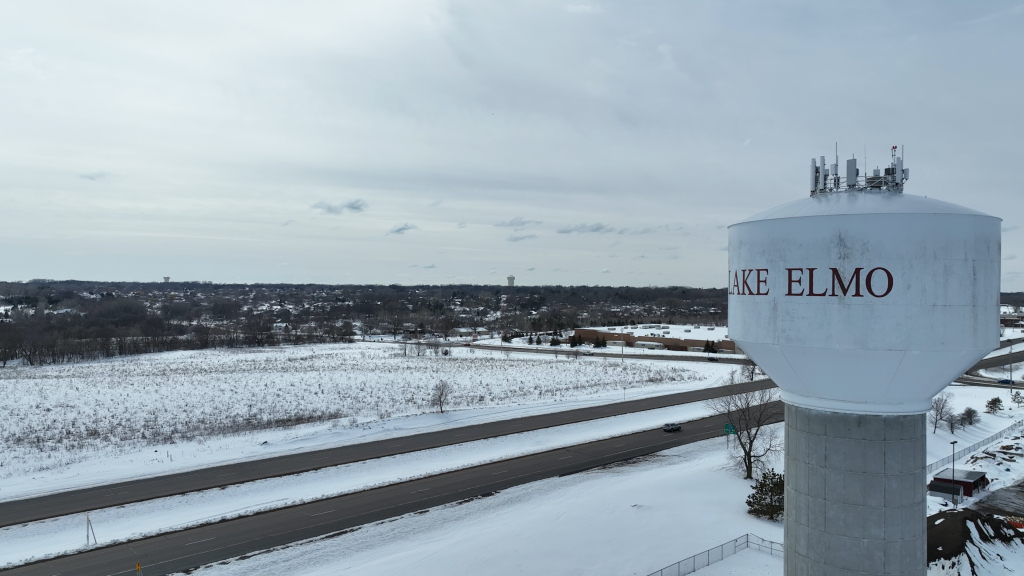
According to the latest report, approximately $13.9 million of the settlement funds have been spent on various drinking water protection projects, such as:
- Land purchases, planning and design work for water treatment plants in the cities of Cottage Grove and Woodbury
- Connecting homes in various neighborhoods to municipal water in the cities of Cottage Grove, Lake Elmo, Lakeland, Lakeland Shores, and Woodbury,
- Installing whole-home water filter systems, also called point of entry treatment systems (POETSs), for private wells with a health advisory or for wells that meet or exceed the Health Index (HI) of at least 0.5, 5 in most communities across the East Metro Area
Settlement funds are in an interest-bearing account and have earned approximately $38.5 million in interest, allowing for expedited projects to occur before the release of the Conceptual Plan. Some of these time-sensitive projects included:
- $22.6 million in expedited projects (10 grant agreements), including the Cottage Grove ion exchange pilot study, feasibility studies, well construction, connection of homes in various neighborhoods to municipal water, and initial coordination and planning for water treatment plants.
- $1.3 million in capacity grants and other early projects (18 grant agreements); sampling wells; connecting individual homes to municipal water, or installing whole-home water filter systems, also called point of entry treatment systems (POETSs) for private wells, and well sealing.
- $7.0 million in drinking water protection projects focusing on fieldwork to evaluate PFAS impacts on soil, groundwater, surface water, and sediments along the Project 1007 corridor, and their impacts on drinking water.
- $6.6 million on state administration, including state and consultant costs to develop the Conceptual Plan.
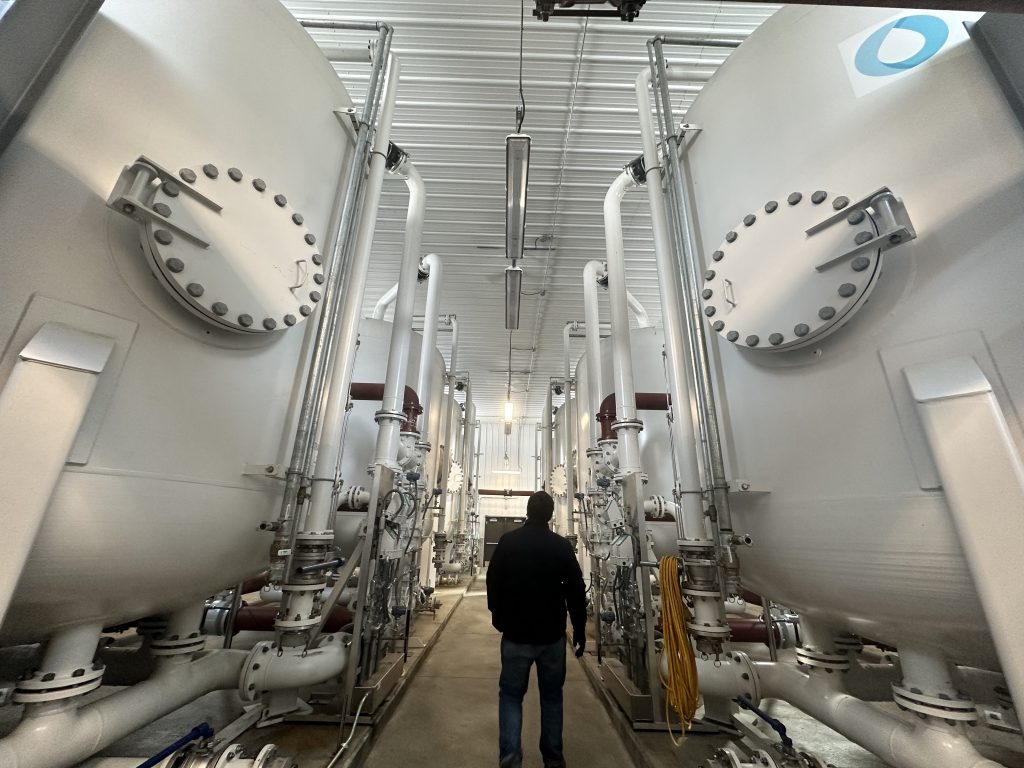
In addition to drinking water protection, the Co-Trustees have made great progress on the Project 1007 source assessment and feasibility study, another directive outlined in the 3M Settlement. MPCA scientists are studying a new technology called surface activated foam fractionation (SAFF) to remove PFAS from water bodies by creating foam. SAFF technology condenses PFAS surfactants into a state that is removable from water, and preliminary results from the feasibility study show a promising 97.5% removal of PFOA.
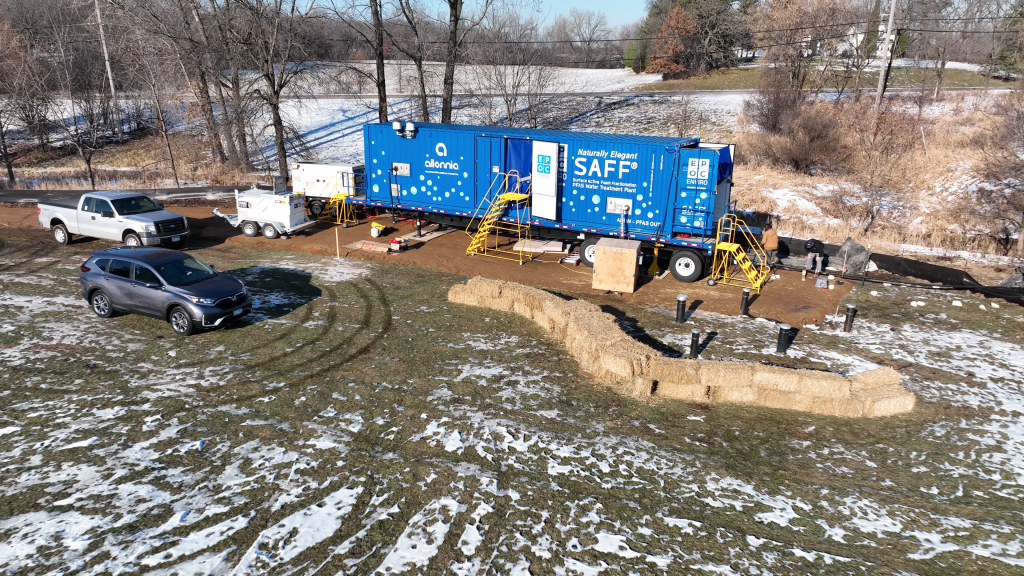
Currently, the Co-Trustees’ top priority is to understand the potential impacts of the Minnesota Department of Health’s changing PFAS Health-Based Values (HBVs) for PFOA and PFOS, in response to the EPA’s newly released draft Maximum Contaminant Levels (MCLs). Public drinking water systems have been using these HBVs as their guide to provide safe drinking water for customers, and private well owners have been using this guidance to ensure the safety of their water. As new and evolving science shows that humans are more sensitive to PFAS than previously thought, MDH scientists are re-evaluating and revising the MDH PFAS health-based guidance values to better protect public health. The Co-Trustees will work diligently to help East Metro communities address any drinking water sources that exceed updated health values.
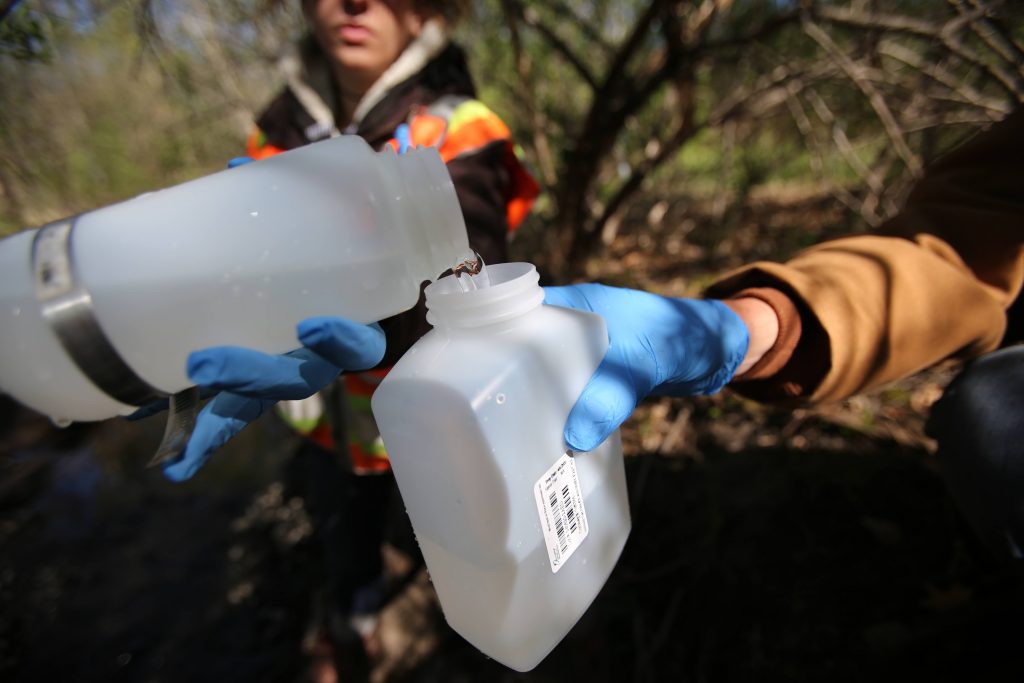
Fortunately, approximately 26% of funds in the Conceptual Plan are designated for contingency spending that can be utilized by all communities and is not specific to any city or project. These contingency funds allow for flexibility and resiliency in response to emerging research and guidelines regarding PFAS. Co-Trustees and settlement work group members are collaborating to plan for changes to PFAS health indices, which are established by the Minnesota Department of Health and set standards that each community must meet.
This spring, the Department of Natural Resources began planning Priority 2 of the Settlement, which provides funding to enhance aquatic resources, wildlife habitat, and outdoor recreational opportunities in the East Metro and downstream of the area on the Mississippi and St. Croix Rivers. Planning will be conducted by three work groups, where diverse stakeholders can provide input on the goals for Priority 2, evaluation criteria for project selection, and request for proposal solicitation scope and language.
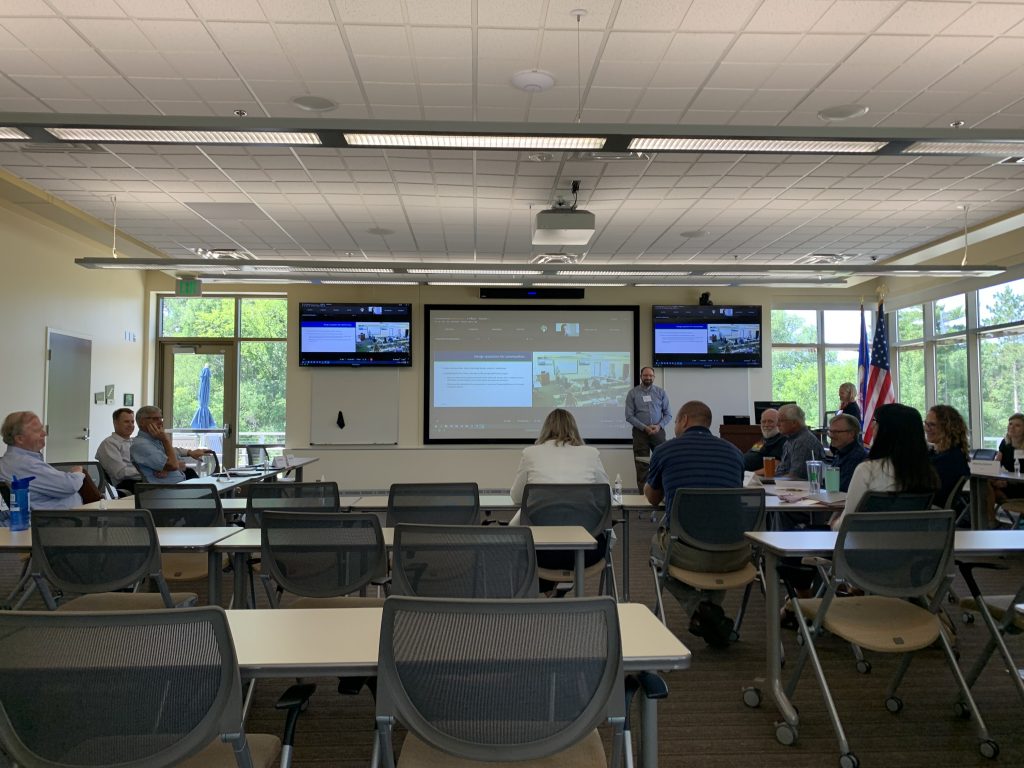
The Priority 2 Government and 3M Work Group will consist of local government units (city, township, county), tribal governments, and 3M representatives. The Resident Work Group will include residents from the East Metro area and downstream areas of the Mississippi and St. Croix Rivers. An Ecosystem Services and Recreation Subgroup, which will provide conservation perspectives, natural resources, and recreation planning efforts relevant to Priority 2, will also be included. Further information on these work groups, as well as Priority 2 progress, can be found on the 3M website.
MGWA is committed to developing a just, equitable, and inclusive groundwater community. Click on the button below to read MGWA’s full diversity statement.